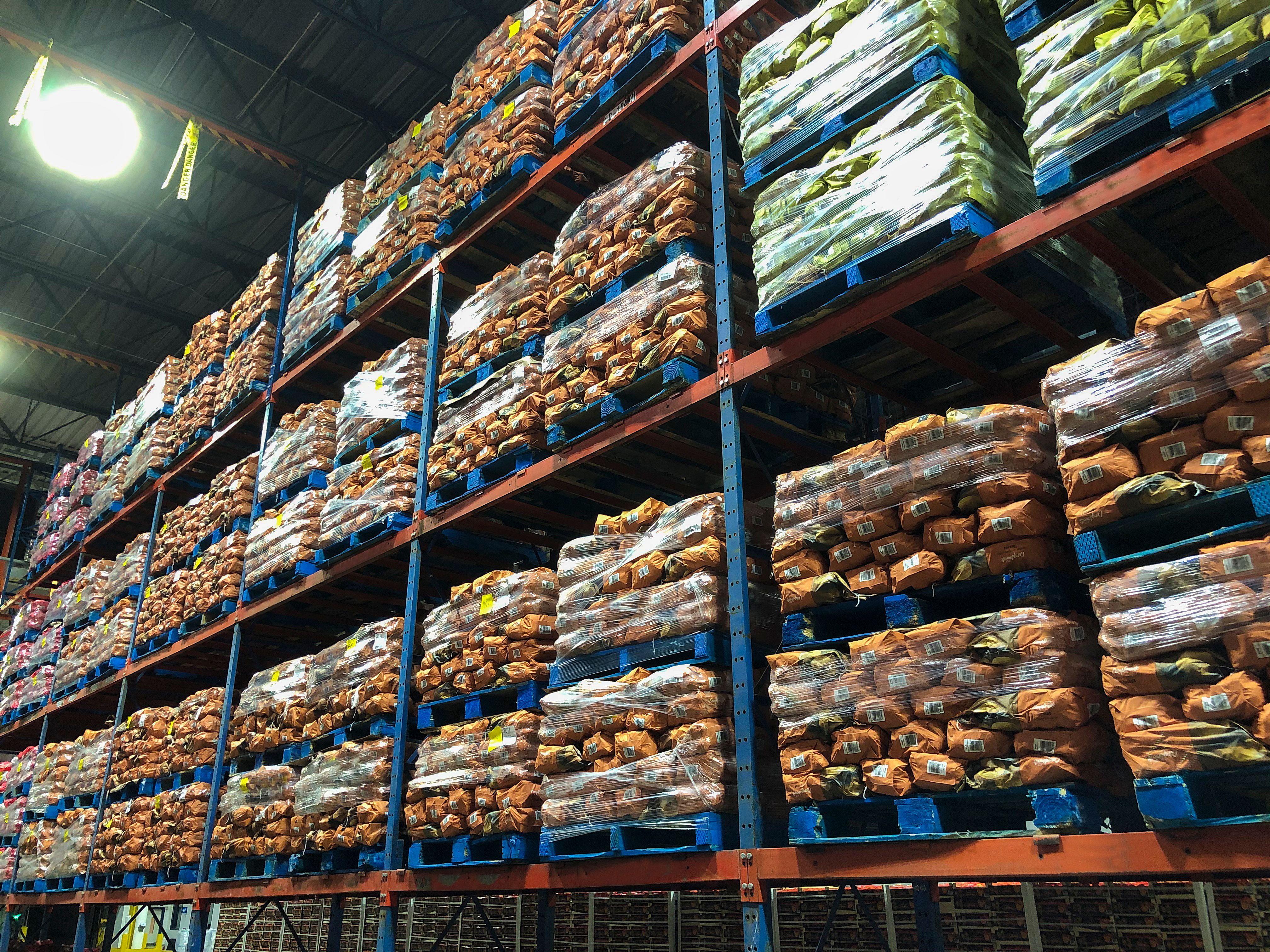Evaluating Food-Focused Investment Portfolios: Key Insights
Understanding Food-Focused Investment Portfolios
Investing in the food industry has become increasingly popular due to its essential role in daily life and its potential for growth. A food-focused investment portfolio can include a variety of assets such as stocks, bonds, and commodities related to agriculture, food production, and distribution. Understanding the dynamics of this sector is crucial for making informed investment decisions.
Investors should consider the entire food supply chain, from farm to table. This includes evaluating companies involved in agriculture, food processing, distribution, and retail. Additionally, understanding consumer trends and preferences can provide valuable insights into potential growth areas within the food sector.

Key Factors to Consider
Market Trends and Consumer Preferences
One of the significant factors influencing food-focused investments is changing consumer preferences. Today’s consumers are more health-conscious and environmentally aware, leading to increased demand for organic and plant-based products. Investors should pay attention to these trends as they can significantly impact the profitability and sustainability of food companies.
Furthermore, technological advancements in food production and distribution are shaping the industry. Innovations such as vertical farming, plant-based proteins, and advanced logistics solutions are not only meeting consumer demands but are also creating new opportunities for investment.

Risks and Challenges
While investing in the food sector offers promising opportunities, it also comes with certain risks. Factors such as climate change, regulatory changes, and geopolitical tensions can affect the stability of food-focused investments. For instance, adverse weather conditions can impact crop yields, while changes in trade policies may affect supply chains.
Investors need to conduct thorough research and risk assessments to mitigate these challenges. Diversifying investments across different segments of the food industry can also help in reducing risk exposure.
Diversification Strategies
Diversification is a critical strategy for reducing risk in any investment portfolio. In the context of food-focused investments, this means spreading investments across various sub-sectors such as agriculture, food processing, and distribution. This approach not only reduces risk but also increases the potential for returns by capitalizing on different growth areas within the sector.
Investors may also consider including international investments to tap into emerging markets where demand for food products is rapidly increasing. These markets can offer unique growth opportunities that might not be available in more developed economies.
Evaluating Performance
Regular evaluation of your food-focused investment portfolio is essential to ensure it aligns with your financial goals. This involves analyzing performance metrics such as revenue growth, profit margins, and market share of the companies you have invested in. Additionally, keeping an eye on industry developments and adjusting your portfolio accordingly can help in optimizing returns.
Investors should also consider seeking advice from financial experts or using portfolio management tools to make informed decisions. These resources can provide valuable insights and help in navigating the complexities of the food investment landscape.

